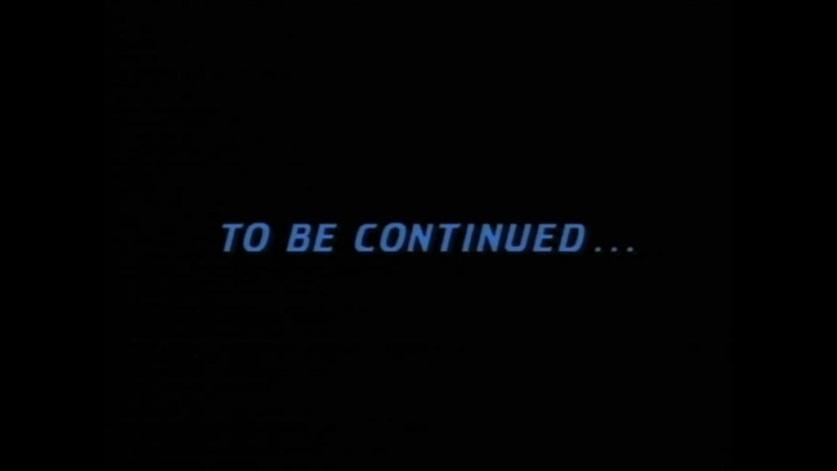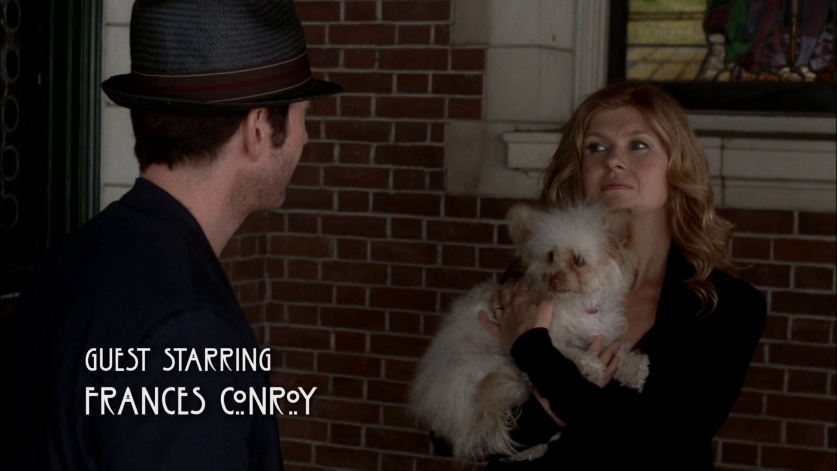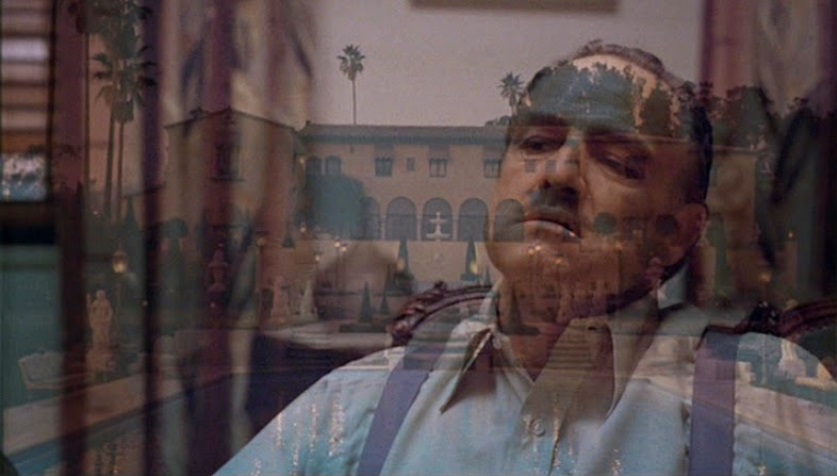
If you’re trying to get to the heart of TV-to-Movie edits, the best place to start is with the editors who have made some great ones. We sat down with some of our fine editors to discuss the goals, challenges and ideas of their television show edits. ThrowgnCpr (The X-Files), Q2 (The Clone Wars, Twin Peaks), TMBTM (24), TM2YC (London), Adabisi (Sopranos/Dexter/Oz), musiced921 (Firefly), Problem Eliminator (Spider-Man – The Animated Series), BionicBob (The Six Million Dollar Man, The Bionic Woman, Battlestar Galactica) and Spence (Dune) were nice enough to share their thoughts.
It all starts with the genesis of an idea. Obviously we can’t all just edit shows we like; some work and some don’t. Some are worth doing and some are not. The common thread I found with our editors is that the season of the show was very good but that there was a particular plot or dynamic which worked especially well. For example, ThrowgnCpr loved the mythology worldbuilding parts of X-Files season 1, Q2 felt that Twin Peaks worked best under the Laura Palmer mystery backdrop, TMBTM was intrigued by Agent Renee Walker’s arc on 24 and TM2YC wondered about a Moses Jones edit that focused on the odd couple cop dynamic. For me, I have made two which simply heighten the focus on the main character or characters of the season, because I found their roles and narrative most interesting. It is important to realize that editors are reshaping one complete structure into a different one. Television shows are designed to spend time on the world and extraneous characters, sometimes to ‘stretch out’ a big plot through a season. Spence cites ‘Jessica Jones’ as a current example of a show using 13 episodes to tell 9 episodes’ worth of story. I think that was an excellent show…but I agree.

There are challenges that are unique to TV-to-Movie edits. The biggest hurdle is removing the inherently episodic nature of a show. Each editor approach this issue differently. Spence looks at which entire plots can be excised, and then whittles down the kept storyline to be as economical as possible.
TM2YC made a rough cut with all scenes with the two leads only. Then he added back bit by bit, enough to make the narrative cohesive, while ensuring the tightest cut possible. I started out with a 3.5 hour rough cut of both my TV-to-Movie edits, and then whittled/chopped away whole plots while maintaining cohesion. There will inevitably be some compromises involved. A side character may not get a satisfying conclusion because leaving it in involves another character you cut so it’s a choice between adding 25 minutes which destroy your pacing or having a minor loose end.
Musiced921 had use “6 months later” text. BionicBob is still bothered by having to explain a character’s disappearance using a scene with a character who hadn’t appeared in the movie. Reviewers seemed to think it was the best choice though. Narrative structure choices are solved in different, unique ways. Problem Eliminator eliminated the problem by moving a scene in the second Spider-Man episode to the front of it, to put a buffer between the last scene in the first episode and the beginning of the second. This prevents Peter’s emotional journey from recycling a bit. TMBTM twisted some of Tony Almeda’s dialogue in order to give the character a conclusion and explain his absence.
 One of the biggest hurdles in television is, as Adabisi puts it:
One of the biggest hurdles in television is, as Adabisi puts it:
“F*#king on-screen credits.”
These can be extremely problematic. Some shows put them squarely in the meat of the frame, meaning that cropping them out would yield a stark drop in quality. Cut around them, you say? Ha! If only it were so simple. How many shows have trivial/useless information and dialogue in the opening scene? Pretty much none. So it is almost always critical information. Some shows these days will continue to play credits for an astonishingly long amount of time. Pay attention to how far into the show you are while the credits are still going next time you watch ‘American Horror Story’ (trust me on this one). Plus if the show was in 4:3 it would need to be converted to 16:9 which requires keyframing, cropping and shot composition choices. ThrowgnCpr and Q2 dealt with these issues, as will anybody who wants to edit an older show. Just like the folks who make real movies, pretty much nobody will notice or think about composition choices if they work well. Hopefully some props in an Internet article will ease that pain.
[clearboth]

Another issue every TV-to-Movie editor will deal with is transitions. TV shows go in and out of breaks multiple times per episode. By making a movie, one has to redo a lot of these. It is also a cheat for these shows because they can jump forward as if time has elapsed with no problem. However, in a film that doesn’t always work. One oft-mentioned piece of advice was to look to the source material for stylistic cues and references. This should always be the basis but sometimes it doesn’t lend itself to the film format. The best case scenario would be ‘Firefly’ which was edited much like a film and would just fade in and out of commercials. ‘American Horror Story’ on the other hand would often have a melodramatic cliffhanger with an intense musical cue, which had to often be removed or rescored. TM2YC commented on hard cuts:
“As a general fanediting rule, I always try to do hard-cuts because when you get them right, they’re invisible. If it sounds right, looks right and feels right, I think a viewer always assumes a hard cut was there all along and must have been pro cut. But good or bad, a viewer will always notice a dissolve, or fade to black, even it’s just to say ‘That was a really well executed new fade!”
Conversely, Problem Eliminator used crossfades and wipes to stay in line with the existing aesthetic. Bionicbob mentioned that these TV-to-Movie edits can be more flexible in a way, since the audience is used to shorter, faster scenes and alternate transition techniques from within the television footage. I’ll wrap up with Spence’s words because they are just too good to paraphrase:
“Transitions are always the hardest thing in edits, because there are two major factors in it, and if one doesn’t work the whole thing doesn’t work. First, you have to make sure the edit technically jives with the footage you have available, the sound cuts correctly, or you can make it look natural in some other way. Nothing screams “FANEDIT” than a bad cut to another scene. Making these transitions work is the crux of making your fanedit seem professional and keeping your audience engaged. After that, you have to make sure the transitions make sense. Do I want to go to three different scenes with the same characters because it’s more economical, or do I want to spend a few minutes with this other character, even if it slows things down? It’s really all about pacing. If the pacing works, it can be a fade to black, a hard cut, a transition, whatever. If it looks legit and keeps the pace where you want it, that’s the transition you should use.”
Well said, Spence. Well said.
